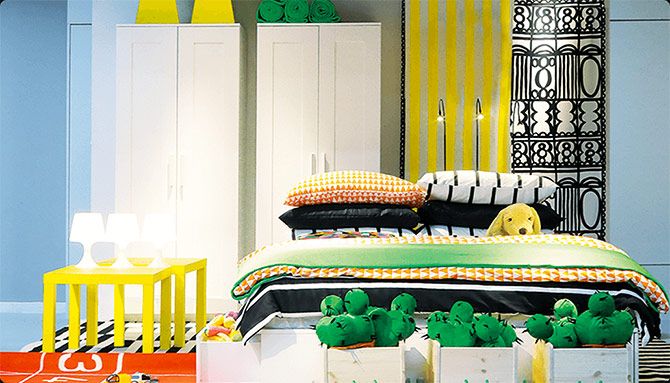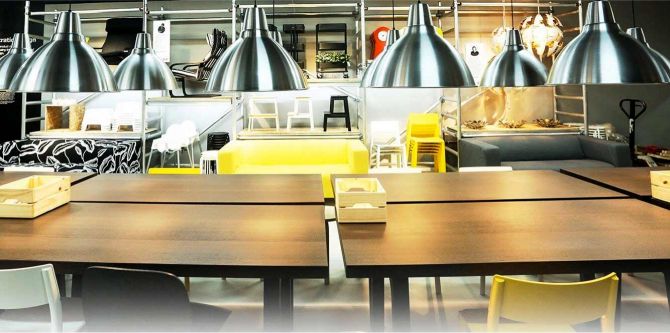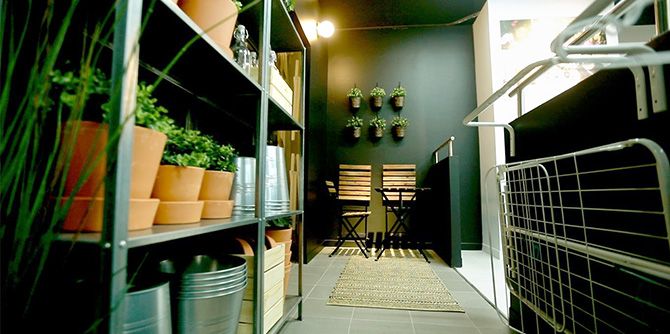Pricing isn’t at the heart of Ikea’s strategy. It is understanding how Indians live.

Last year, 2.3 billion people visited the Ikea website.
It is said, one in ten Europeans is conceived on an Ikea bed.
Now, as the Swedish giant prepares to open its first store in India, in Hyderabad, this year, it hopes it can achieve the same success in the Indian market too.
Ikea, the world’s largest seller of furniture, has its sights set on everyone. “At Ikea we target everyone. We want you to come to our store -- your boss and your maid, as well,” is how India CEO Juvencio Maeztu describes Ikea’s strategy.
So how does Ikea intend to cut across social classes -- the rich, the middle and the lower middle class -- to appeal to all across the board?
Who does the furniture maker address itself to?
Ulf Smedberg, the India marketing head for Ikea, says the company’s strategy is focused on just one thing: The needs of people. “There is something for everyone in our store. Of the nearly 8,000 artefacts on display, about 1,000 would be priced below Rs 200,” he says.
That would make India the lowest priced market for Ikea globally. Till now, it was Poland.
But pricing isn’t at the heart of Ikea’s strategy. It is understanding how Indians live.
Before the Swedish giant opened its Hej store in November in Hyderabad -- Hej means hello in Swedish and the store is meant to give a sneak peek to customers into Ikea’s offering -- the company spent a lot of time visiting the homes of local Hyderabadis to get a glimpse into their lives and understand what their needs and dreams are, taking note of little things like their preference for vibrant colours.
The result is a collection of furniture that’s a good mix of Indian and Western preferences, says Smedberg. The research process is still an ongoing one. Over the next few months and years, Ikea will integrate all the data it receives on its social media pages and from its attempts to involve people in the whole idea of designing their personal space -- people can sign up for room makeovers at the Hej store -- for its research to see how well it can integrate their desires and wishes to its design concept.
The research process is still an ongoing one. Over the next few months and years, Ikea will integrate all the data it receives on its social media pages and from its attempts to involve people in the whole idea of designing their personal space -- people can sign up for room makeovers at the Hej store -- for its research to see how well it can integrate their desires and wishes to its design concept.
Some of the common refrains that Ikea hopes to address are, “my house is too cluttered, or I do not have any space to call my own,” says Smedberg. It is easy to see where these needs are coming from. Over 75 per cent of the country’s population lives in small houses, two rooms or less, which means people often sleep in the living room, according to the 2011 census.
Ikea, of course, is aware of that.
At the store, once it opens, there will be mocked up version of one-room sets to fit entire family life -- with playing area for children, smart kitchen with waste segregation systems, living and bedroom.
“Providing clever solutions in the smallest possible space is our greatest strength,” says Smedberg. Of course, a more compelling proposition requires attention to detail. “We found that people do not like to drill holes in the walls, because many of them live on rent. So, the storage solutions take that into account,” he adds.
The other thing that Ikea’s India strategy has taken note of is the difference in the family constitution itself between India and the West. “Families are typically bigger than in the West. The grandparents and parents often live together. So, a lot of our solutions for India are focused on creating spaces that are multi-functional because the house needs to cater to more activities,” he says.
So, there are dining sets that could be extended to accommodate more guests or converted into a workstation depending on the need or sofas that come with storage solutions or could double up as beds.
In many way, the fluidity that Ikea furniture offers is what makes it acceptable to everyone, says Smedberg. Ikea allows customers to buy a room set at one go or to buy them in a piecemeal fashion, and the pieces would still blend with one another.
This perhaps is the reason the company boasts of selling one Billy bookcase -- adjustable units that can be bought as the book collection grows -- every five seconds. “Pretty impressive, considering we launched Billy in 1979,” the website quotes.
In particular, there are five points central to Ikea’s strategy. Low price, high quality, nice unique design, purpose of function and sustainability, both in terms of environmental sustainability and durability, says Smedberg.
Yet, in a country where just five per cent of the overall furniture market is organised, Ikea will have to do something extra to reach everyone.
For one, Ikea is relying on its welcoming look and feel about its store to attract people. “We want to make Ikea a place where people can come with their families, children and the elderly and enjoy themselves and experience the store.”
Photographs: Courtesy, Ikea India.











